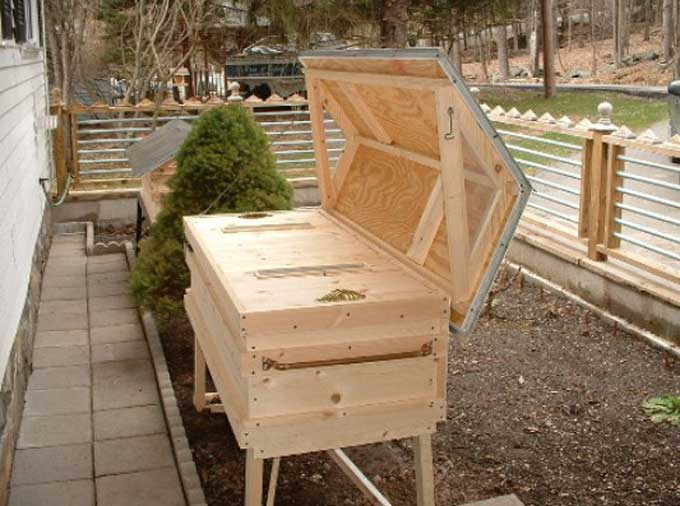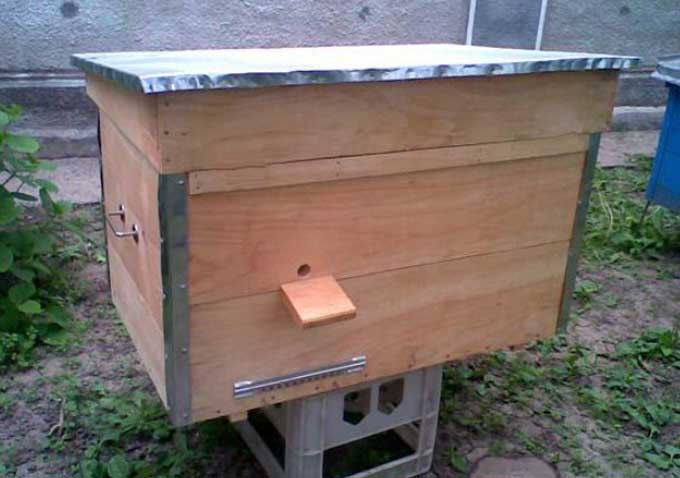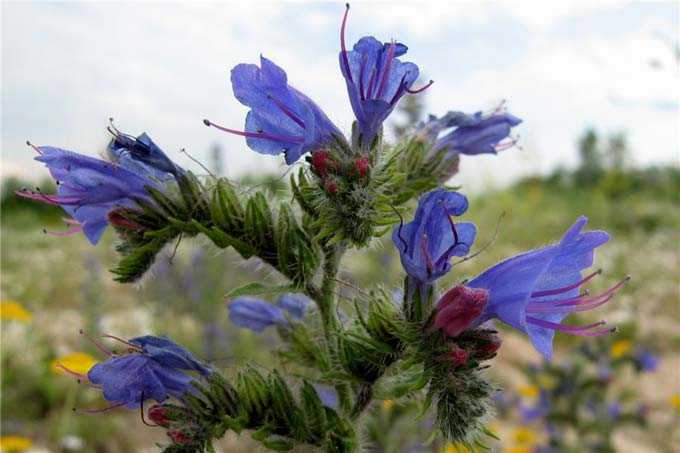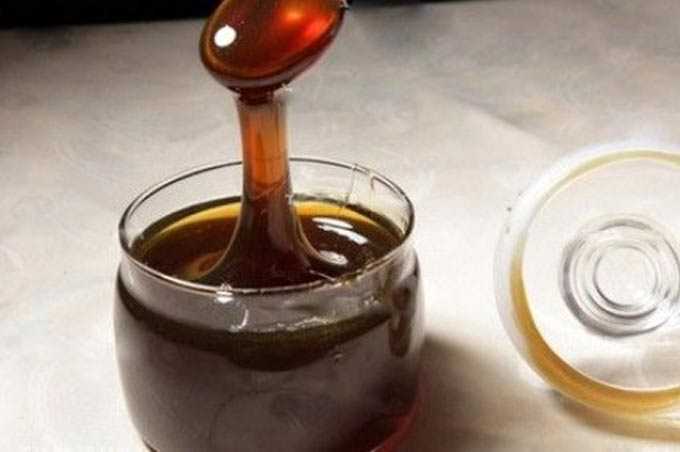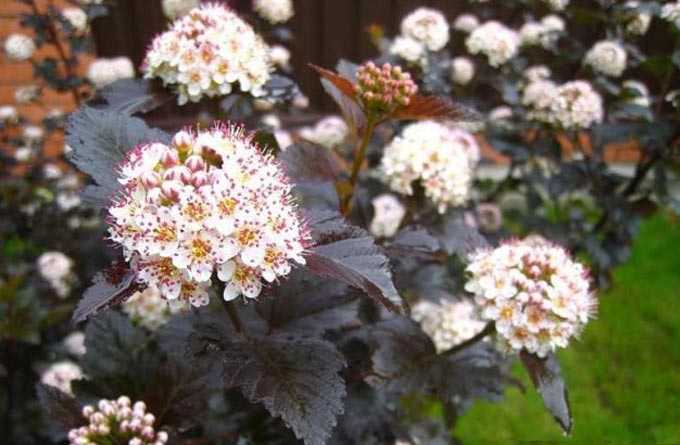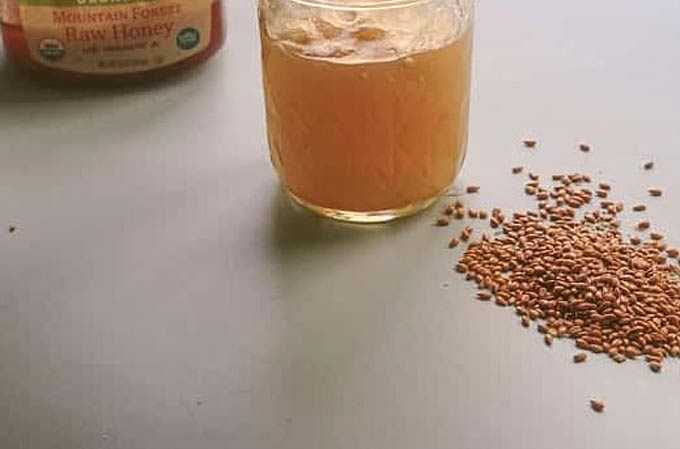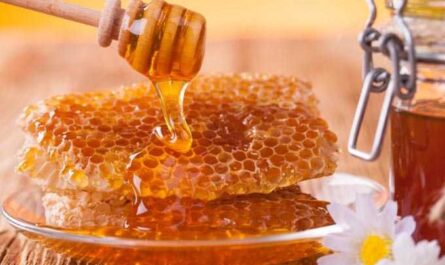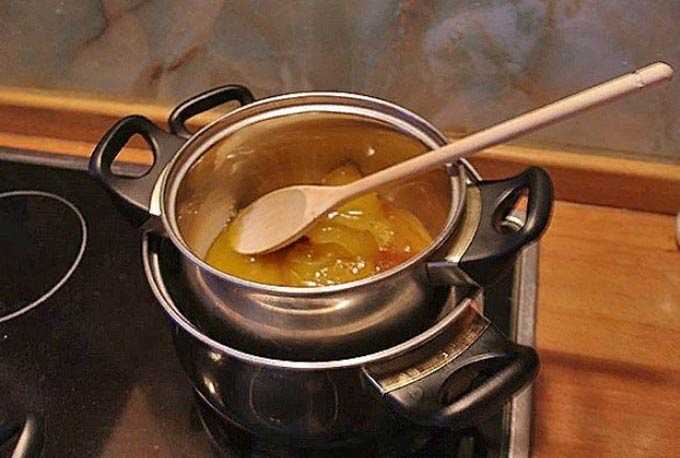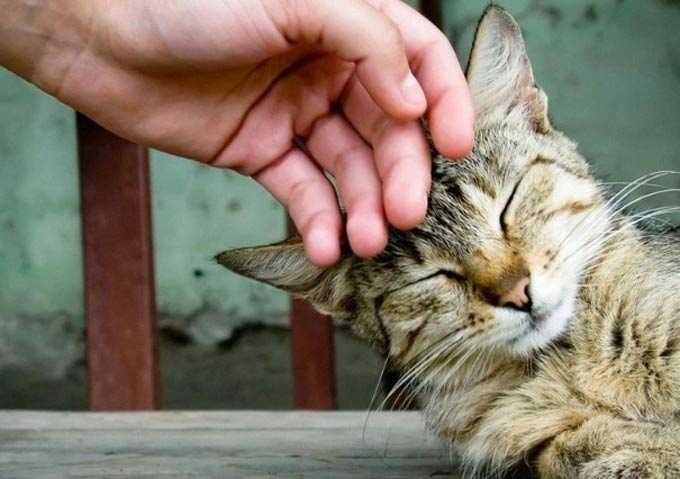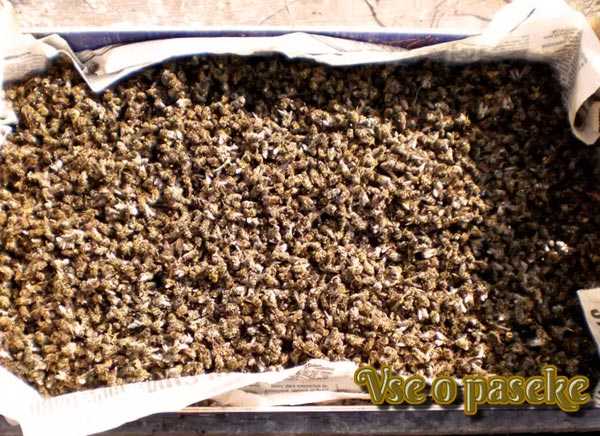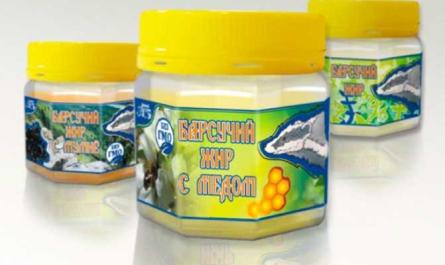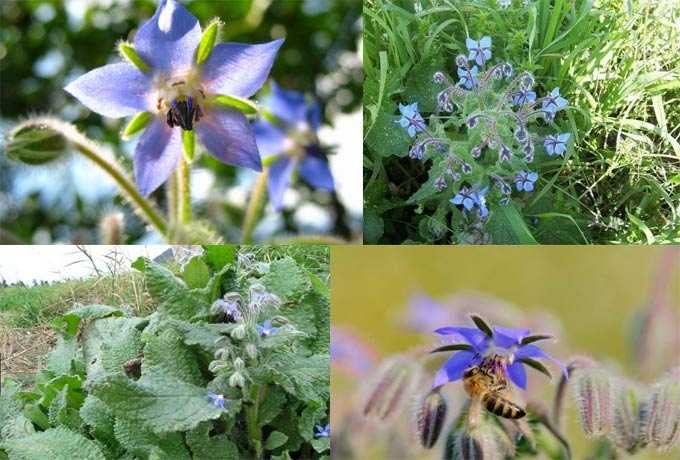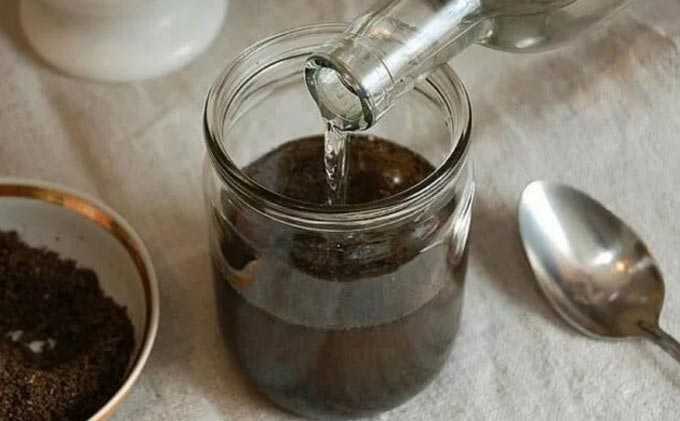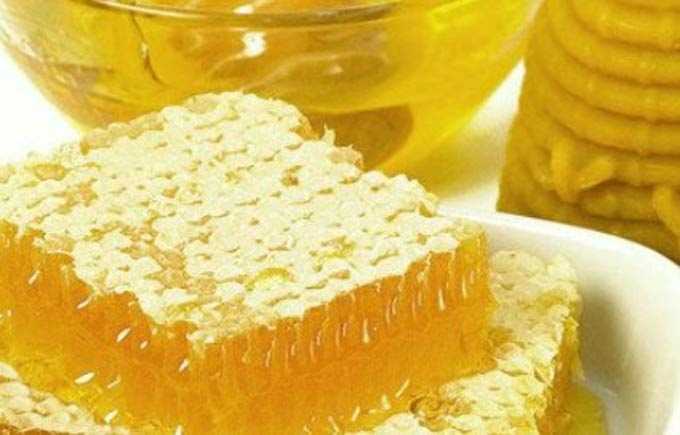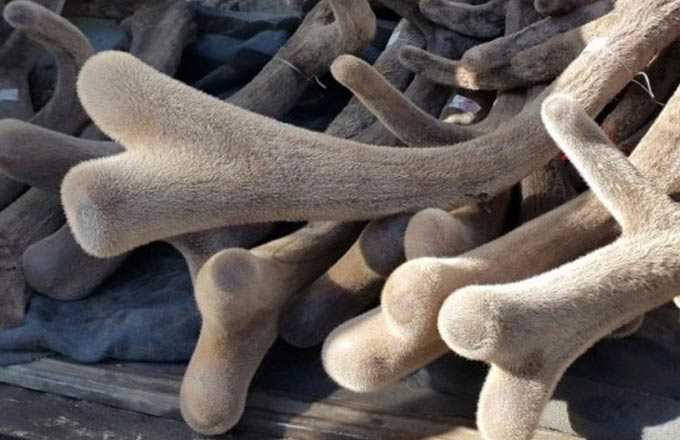The keeping of bees in sun loungers hives is practiced both among novice beekeepers and more experienced beekeepers. Such a house has a very simple design, which is easy and simple to work with.
Also, beehives, sun loungers on a personal plot are a great way to preserve health. It’s no secret that multi-body structures of bee houses are heavy. For many years of work, the beekeeper’s back begins to hurt. And with sunbeds, such a nuisance can be guaranteed to be avoided.
The content of the article
- 1 Benefits and Features
- 2 Family helpers in spring
- 2.1 Formation of a helper family
- 3 Preparing for honey collection
- 4 Bisection
Benefits and Features
As noted above, the greatest advantage of the lounger is the ability to work with it without lifting weights.… The beekeeper will only remove individual frames with honey, put them in a carrying box and deliver them to the pumping point. In this work, everyone is guided by the capabilities of their own body – you can remove a larger number of honeycomb frames or get by with 3-4 pieces.
Some beekeepers prefer to carry the honeycomb one by one, so as not to injure the bees once again. This is a perfectly reasonable practice for a small amateur apiary.
The second plus is the design… In the finished form, the bee house is an elongated box with a lid that can be hinged or removed completely and temporarily placed on a neighboring hive or work table.
The most effective way to keep bees in beehives is loungers for 20 frames. Along with them, 24-frame designs are also popular. Such houses have a sufficient volume, which allows families to thrive in the spring and bring a lot of honey in the summer. Of course, in terms of these parameters, the lounger is noticeably inferior to multi-body hives, but at the same time it wins in comparison with 12-frame stores.
The third plus is the ability to keep two families under one roof… This feature of the house is widely used in the winter-spring period. Behind the septum, after reducing the main nest, a nucleus or a small cut is placed. Alternatively, two bee colonies of approximately equal strength can sit in both departments at once.
It is also practiced to divide the lounger into several sections for keeping the cores. For this, additional entrances are cut in the hive opposite each small compartment.
What does the maintenance of two families under one roof give? After the exhibition, the nests go from the winter house to development and are expanded by the beekeeper. Then one of the families can be transplanted into a separate house or used to strengthen the second, main bee colony (with the replacement of the queen, for example, if we are talking about last year’s layering).
That is, this is done for the convenience and rational use of the usually empty part of the house in winter. After reducing the nests, each bed has a “reserve” void that is used for growing cuttings or keeping cores.
Family helpers in spring
There is such a concept in beekeeping as a helper family. They sit her in a lounger next to the main nest. Brood combs are exchanged in the spring.
This is done like this:
- Immediately after the removal of the houses from the winter house, the helper family is reinforced with sealed brood combs taken from the main nest.
- After about 30 days, frames with unsealed brood are taken from the helper and set to the main bee colony. After that, an artificial foundation is given to the helping nest.
- From time to time, mature brood is returned from the main bee colony so that the growth of the helper colony does not slow down.
The main goal of such beekeeping is the rapid and controlled development of both bee colonies.
A “queen” of young queens hatched in the current year is usually issued for the help family. Such a nest works energetically, forgetting about swarming, and gains maximum strength by the middle of summer.
The method is ideal for regions where the main honey harvest falls in June-July.
Formation of a helper family
In the spring, the nucleus intended to strengthen the main bee colony (acting as a helper family) is regularly strengthened:
- first, 1 honeycomb of the printed brood is dispensed;
- then, after 14 days, the procedure is repeated, but already 2 honeycomb frames are given (or the young are poured over).
After gaining strength (when it gets crowded), the helper family is transplanted into a new house, which is installed next to the main hive.
Before the onset of honey collection, the auxiliary nest is attached to the parent hive, leaving the best “queen” in it.
Sometimes only a part of the support family goes to reinforcements. The rest of the bees continue to develop, gain strength and serve as a spare donor nest. At the expense of the donor, the lagging bee colonies are corrected during the warm season.
Preparing for honey collection
You can read about the fight against the swarm instinct here: How to overcome swarming in an apiary
Working with bees in sun loungers hives in the spring and summer period depends on the climatic conditions of a particular area.
If the main honey collection occurs at a later date – from the beginning to the end of July, it is more correct to keep one bee colony with a full-fledged and well-sowing “queen”. By the beginning of honey collection, such a nest will occupy no less than 20 honeycomb frames, subject to proper development.
That is, insects should come out of wintering healthy, have good queens, and sufficient food supplies. As the bee colony grows, it receives dryness and foundation in time.
At the early stages of the main honey collection, the use of helper families is practiced, staffed by overwintered “queens” or queens of this year.
The choice of the uterus in this case also completely depends on the climate, the weather in the current year and the strength of the upcoming bribe:
- A strong spring honey harvest requires the old “queens”, kept in the winter behind a partition in a nucleus. They are used to replace unproductive females and repair queenless bee colonies, and unused cores are used to organize auxiliary nests.
- Young “queens” grown in the same year in layers are more suitable for summer honey harvesting.
Bisection
To grow only the best bee colonies in an apiary, the method of dividing in half (for half a summer) is used:
- Strong bee colonies are selected, from which half of the brood, honey and bee honeycombs are selected. All this is transferred to an empty house.
- Artificial foundation and frames with dry land are also installed here.
- Both houses are covered with lids and placed on the sides of the place where the mother’s nest was. In this case, the entrance slits are directed in the same direction as in the main nest before the moment of division. The recommended distance between hives is 50 centimeters.
- Flying insects return home in the evening, and are divided between both houses. If more insects get into one of the hives, it must be pushed further and turned to the other side.
- After two or three hours, a nest without a queen is given a new “queen”, enclosed in a cage. In the evening, both bee colonies are fed – sugar syrup is poured into the feeders.
- After that, every day, the houses are removed from each other at a distance of 30-40 centimeters. At the end they will be separated by up to 4-5 meters.
Note: Beekeeping in sun lounger hives in autumn and winter is no different from caring for honey bees contained in other house structures. It is necessary to work with sunbeds according to the standard scheme.
You can read on the topic:
Useful tips for autumn work in the apiary

